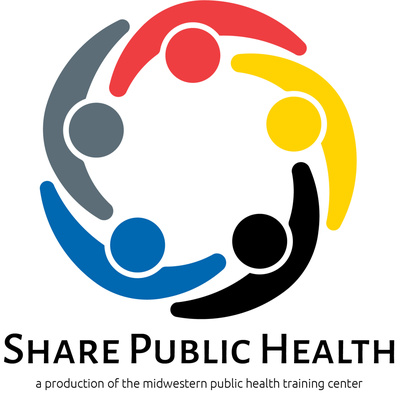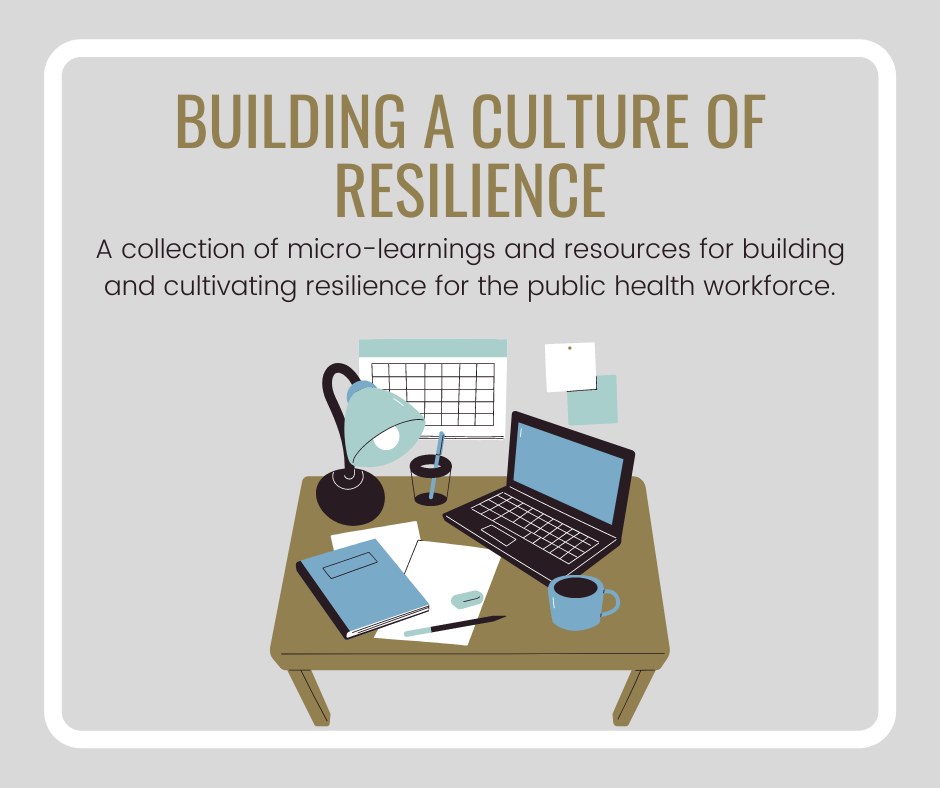The National Response Plan, or NRP, specifies how resources of the Federal Government will work in concert with state local and tribal governments as well as the private sector to respond to Incidents of National Significance. The NRP is predicated on the National Incident Management System (NIMS). Together NRP and NIMS provide a nationwide template for working together to prevent or respond to threats and incidents regardless of cause size or complexity. The IS-800 course is designed primarily for Department of Homeland Security (DHS) and other Federal department/agency personnel responsible for implementing the National Response Plan
Intended Audience
Government executives, private-sector and nongovernmental organization (NGO) leaders, and emergency management practitioners. This includes senior elected and appointed leaders, such as Federal department or agency heads, State Governors, mayors, tribal leaders, and city or county officials – those who have a responsibility to provide for effective response.
Learning Objectives
At the end of this course, you will be able to describe:
- The purpose of the National Response Framework.
- The response doctrine established by the National Response Framework.
- The roles and responsibilities of entities as specified in the National Response Framework.
- The actions that support national response.
- The response organizations used for multiagency coordination.
- How planning relates to national preparedness.
You can find more information about the National Response Framework by clicking on the following link www.fema.gov/nrf
Pre-requisites/Learning Level
None
Competencies addressed
CEUs Offered
0.3
Cost
Free
Modality/format
Online Self-Pace
Length
3 hours
Presenter(s) and/or Content Experts
National Wildfire Coordinating Group (NWCG), U.S. Department of Agriculture, United State Fire Administration’s National Fire Programs Branch
Technical requirements
- Adobe Acrobat Reader
- Flash Player
- Speakers
Registration requirements
Register a free account
Creation and/or update
January 1, 2017






